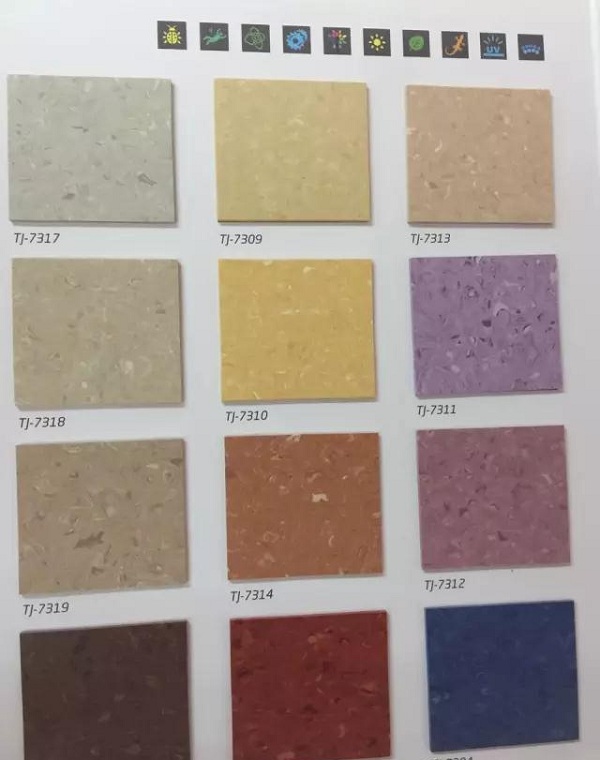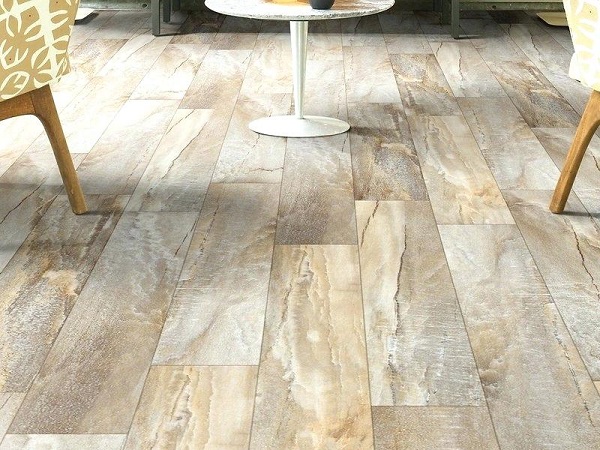

- 0086 13321818576 (Steven Lee)
- info@3c-floor.com
The total annual consumption of European flooring materials market is about 3 billion square meters, of which ceramics account for 34%, carpets 34%, Laminate 15%, and plastic floors (Vinyl). 10%, Linoleum/Rubber/Chlorine free accounted for 3%, Parquet accounted for 3%, and Cork Parquet accounted for 1%.

The application of plastic flooring is stable, but there are few large-scale projects and the market is relatively flat, with an annual growth rate of about 1%. No-bleating foam Vinyl accounts for 37%, and Cushion vinyl accounts for 62%. Flex tiles accounted for 1%; in dense plastic flooring, Homogeneous made up 60% and Heterogeneous made up 33%. Wood (LVT) accounts for 7%.

Manufacturers are faced with rising raw materials and high energy costs, increasing profit pressure; the sustainable development of building materials is increasingly important; customers are increasingly demanding the sustainable development of building materials; BRE and other green certifications have received extensive attention, and customers are again applying The pressure for recycling is increasing. Large-scale projects and building guidelines are increasingly demanding for PVC; users expect low-maintenance-cost products that require products with low lifetime costs, and the industry understands the concept of low-maintenance performance more and more clearly; CE Signs are enforced in the European market. Safety skid resistant floors have been used in the traditional PVC area and have been accepted by architects and end-users. Luxury hot-pressed sheets have grown in an all-round way, pursuing fashion, advocating nature, and frequent floor replacements.
